-

What is a hearing aid?
A hearing aid is an electronic, battery-operated device that amplifies and changes sound to allow for improved communication. Hearing aids receive sound through a microphone, which then converts the sound waves to electrical signals. The amplifier increases the loudness of the signals and then sends the sound to the ear through a speaker.
-
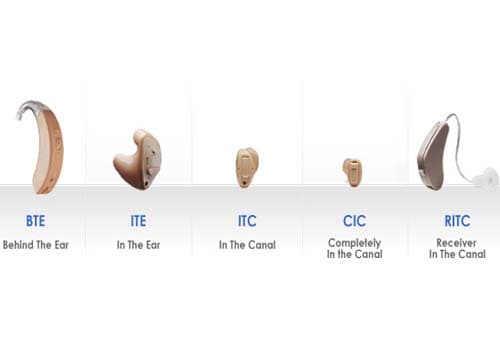
What are the different kinds of hearing aids?
There are several types of hearing aids. Each type offers different advantages, depending on its design, levels of amplification, and size. Before purchasing any hearing aid, it is necessary to ask whether it has a warranty that will allow one to try it out.
There are four basic styles of hearing aids for people with sensorineural hearing loss:- In-the-Ear (ITE) hearing aids fit completely in the outer ear and are used for mild to severe hearing loss. The case, which holds the components, is made of hard plastic. ITE aids can accommodate added technical mechanisms such as a telecoil, a small magnetic coil contained in the hearing aid that improves sound transmission during telephone calls. ITE aids can be damaged by earwax and ear drainage, and their small size can cause adjustment problems and feedback (a whistle sound caused by the fit of the hearing aid or by buildup of earwax or fluid). They are not usually worn by children because the casings need to be replaced as the ear grows.
- Behind-the-Ear (BTE)hearing aids are worn behind the ear and are connected to a plastic earmould that fits inside the outer ear. The components are held in a case behind the ear. Sound travels through the earmould into the ear. BTE aids are used by people of all ages for mild to profound hearing loss. Poorly fitting BTE earmoulds may cause feedback.
- Canal Aids fit into the ear canal and are available in two sizes. The In-the-Canal (ITC) hearing aid is customised to fit the size and shape of the ear canal and is used for mild or moderately severe hearing loss. A Completely-in-Canal (CIC) hearing aid is largely concealed in the ear canal. Because of their small size, canal aids may be difficult for the user to adjust and remove, and may not be able to hold additional devices, such as a telecoil. Canal aids can also be damaged by earwax and ear drainage. They are not recommended for children.
- Body Aids are used by people with profound hearing loss. The aid is attached to a belt or a pocket and connected to the ear by a wire. Because of its large size, it is able to incorporate many signal processing options, but it is usually used only when other types of aids cannot be used.
- In-the-Ear (ITE) hearing aids fit completely in the outer ear and are used for mild to severe hearing loss. The case, which holds the components, is made of hard plastic. ITE aids can accommodate added technical mechanisms such as a telecoil, a small magnetic coil contained in the hearing aid that improves sound transmission during telephone calls. ITE aids can be damaged by earwax and ear drainage, and their small size can cause adjustment problems and feedback (a whistle sound caused by the fit of the hearing aid or by buildup of earwax or fluid). They are not usually worn by children because the casings need to be replaced as the ear grows.
-
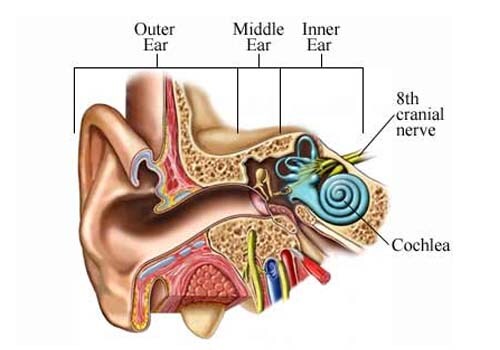
Do all hearing aids work the same way?
The inside mechanisms of hearing aids vary among devices, even if they are the same style. Three types of circuitry, or electronics, are used:
- Analog/Adjustable: The audiologist determines the volume and other specifications one needs in the hearing aid, and then a laboratory builds the aid to meet those specifications. The audiologist retains some flexibility to make adjustments. This type of circuitry is generally the least expensive.
- Analog/Programmable: The audiologist uses a computer to programme the hearing aid. The circuitry of analog/programmable hearing aids will accommodate more than one programme or setting. If the aid is equipped with a remote control device, the wearer can change the programme to accommodate a given listening environment. Analog/programmable circuitry can be used in all types of hearing aids.
- Digital/Programmable: The audiologist programmes the hearing aid with a computer and can adjust the sound quality and response time on an individual basis. Digital hearing aids use a microphone, receiver, battery, and computer chip. Digital circuitry provides the most flexibility for the audiologist to make adjustments for the hearing aid. Digital circuitry can be used in all types of hearing aids and is typically the most expensive.
- Analog/Adjustable: The audiologist determines the volume and other specifications one needs in the hearing aid, and then a laboratory builds the aid to meet those specifications. The audiologist retains some flexibility to make adjustments. This type of circuitry is generally the least expensive.
-
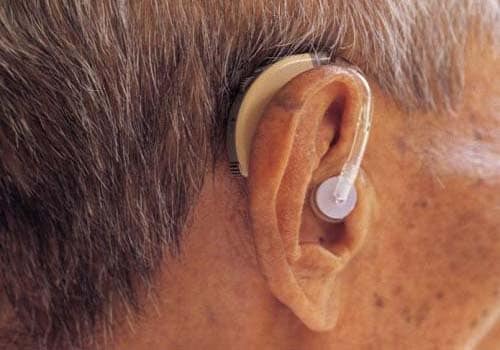
What should one expect from hearing aids?
Using hearing aids successfully takes time and patience. Hearing aids will not restore normal hearing or eliminate background noise. Adjusting to a hearing aid is a gradual process that involves learning to listen in a variety of environments and becoming accustomed to hearing different sounds. One should try to become familiar with hearing aids under nonstressful circumstances a few hours at a time. Programmes are available to help users master new listening techniques and develop skills to manage hearing loss.
-
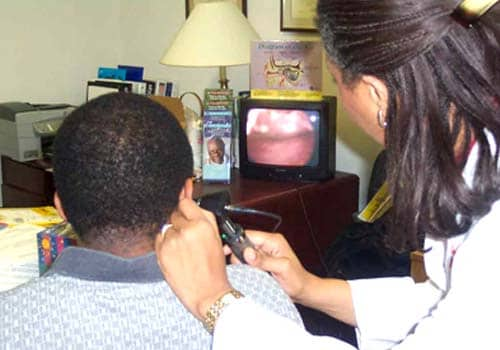
What questions should one ask before buying them?
Before buying a hearing aid, one should ask the audiologist (technician who tests your hearing with the help of a special equipment) these important questions:
- Are there any medical or surgical considerations or corrections for hearing loss?
- Which design is best for hearing loss?
- What is the total cost of the hearing aid?
- Is there a trial period to test the hearing aids? What fees are nonrefundable if they are returned after the trial period?
- How long is the warranty? Can it be extended?
- Does the warranty cover future maintenance and repairs?
- Can the audiologist make adjustments and provide servicing and minor repairs? What instruction does the audiologist provide?
- Are there any medical or surgical considerations or corrections for hearing loss?
-
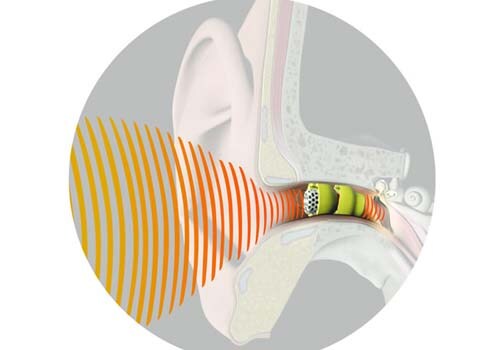
What problems might one experience?
The audiologist will teach one to use and care for the hearing aids. One should be sure to practice putting in and taking out the aids, adjusting volume control, cleaning, identifying right and left aids, and replacing the batteries with the audiologist present.
The hearing aids may be uncomfortable. One should ask the audiologist how long one should wear the hearing aids during the adjustment period. Also, how should one test them in situations where one has problems hearing, and how to adjust the volume and/or programme for sounds that are too loud or too soft.
One’s own voice may sound too loud. This is called the occlusion effect and is very common for new hearing aid users. The audiologist may or may not be able to correct this problem; however, most people get used to it over time. The hearing aid may ‘whistle.’ When this happens, one is experiencing feedback, which is caused by the fit of the hearing aid or by the buildup of earwax or fluid. One needs to see an audiologist for adjustments. One may hear background noise. One needs to keep in mind that a hearing aid does not completely separate the sounds one wants to hear from the ones one do not want to hear, but there may also be a problem with the hearing aid. One needs to discuss this with the audiologist. -
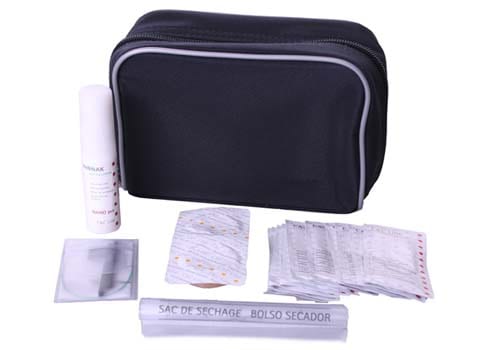
Tips for taking care of hearing aids:
The following suggestions will help one care for hearing aids:
- Keep hearing aids away from heat and moisture
- Replace dead batteries immediately
- Clean hearing aids as instructed
- Do not use hairspray or other hair care products while wearing hearing aids
- Turn off hearing aids when they are not in use
- Keep replacement batteries and small aids away from children and pets
- Keep hearing aids away from heat and moisture
















